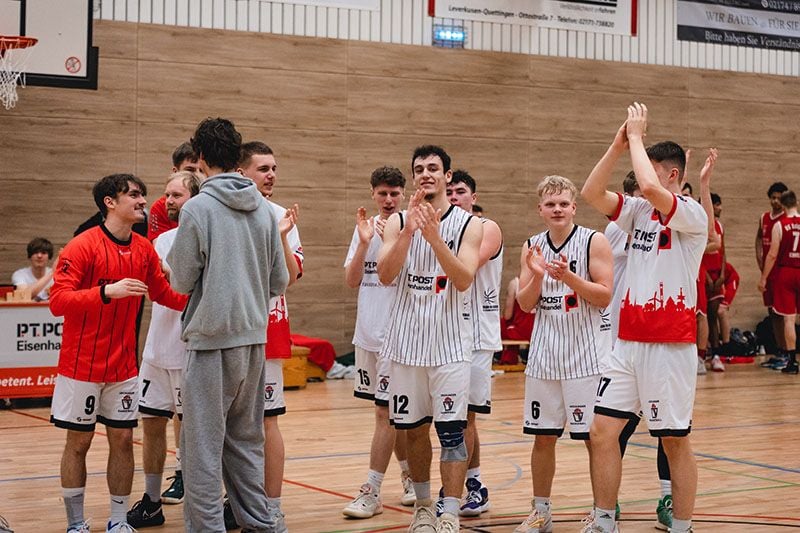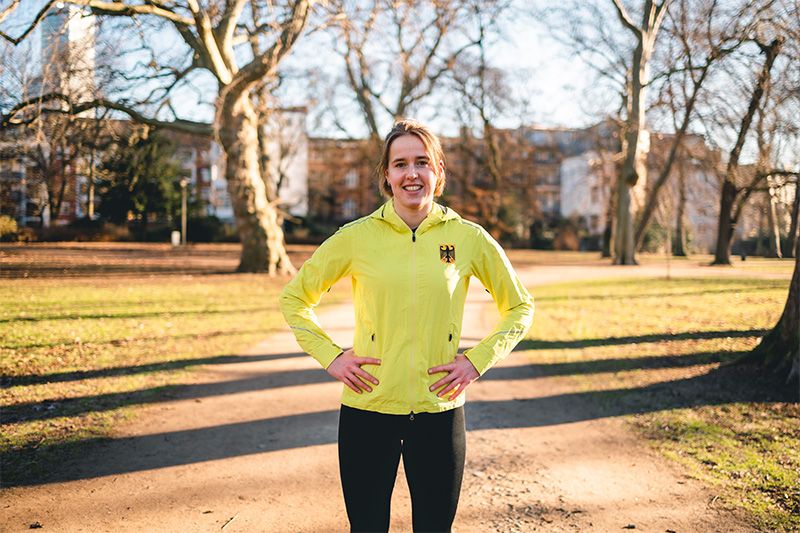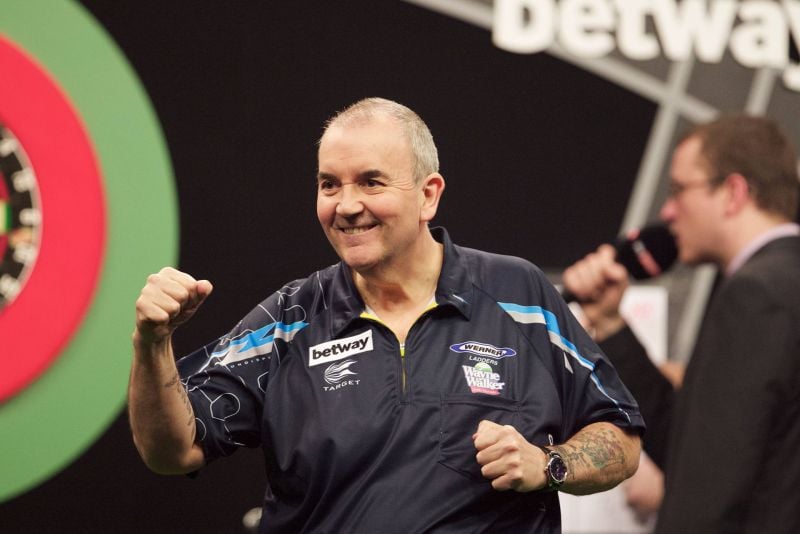The green card
In hockey, the green penalty card means a warning to a player for a rules violation. In national and international competitions, a time penalty of 2 to 5 minutes is also imposed. In indoor hockey, the green card results in a time penalty of 60 seconds. A player can only receive one green card. The next offence must be punished with at least a yellow card.
The yellow card
The yellow penalty card in hockey results in a time penalty of 2 to 5 minutes on the small field and 2 to 10 minutes on the large field. In the case of a technical violation without physical contact, the player must leave the field for at least 5 minutes. For a foul with physical contact, the minimum is 10 minutes. Players or coaches who are suspended shall be seated in a designated seating area. Players and coaches with time penalties may stay with the team during the half-time interval and during a time-out.
The yellow-red card
Similar to football, the yellow-red card results in exclusion for the rest of the hockey game. The team plays with one player less for the rest of the match. The yellow-red card is given if a player has already received a time penalty or a yellow card and commits another offence that would also result in a time penalty or a yellow card. It suspends the player for at least one match. In indoor hockey, the team is allowed to complete itself after 15 minutes of playing time in a shorthanded situation.
The red card
The red penalty card in hockey is the highest punishment. The player must leave the field and the team plays with one player less for the rest of the hockey game. The player is suspended for at least the next two games.






.png)









































































